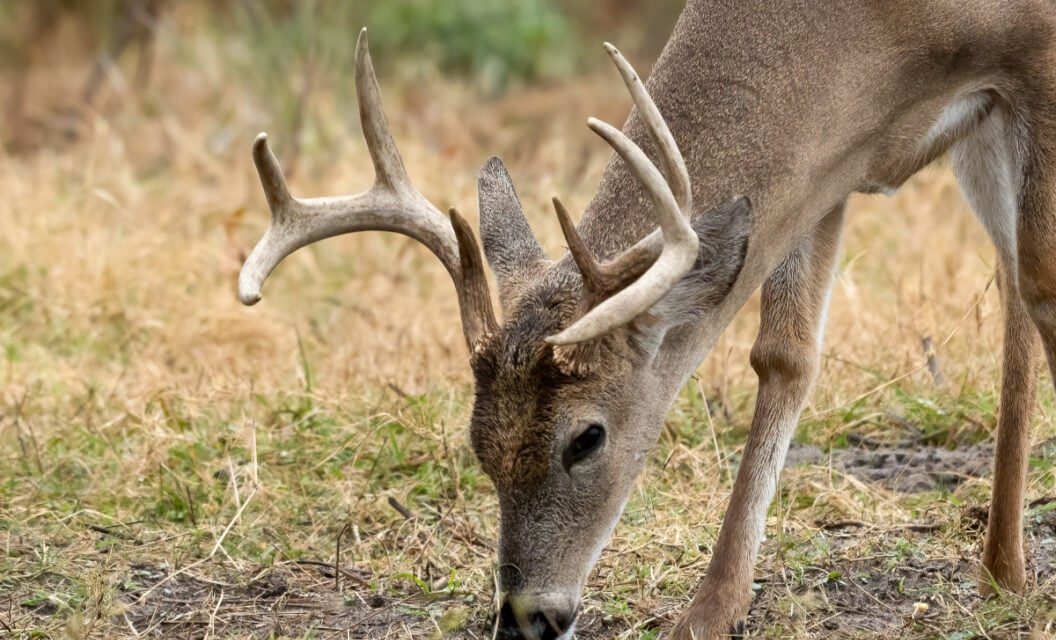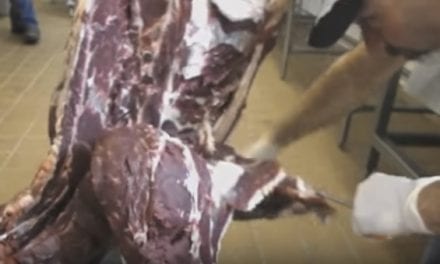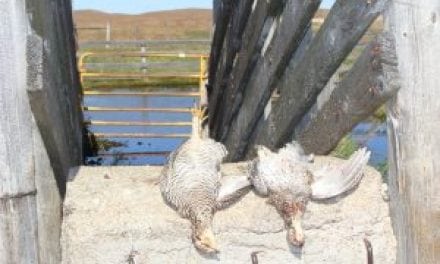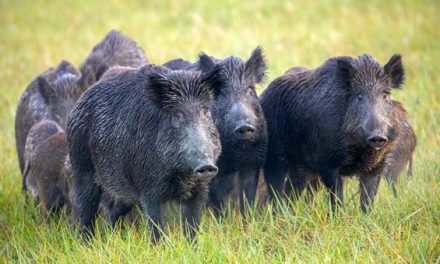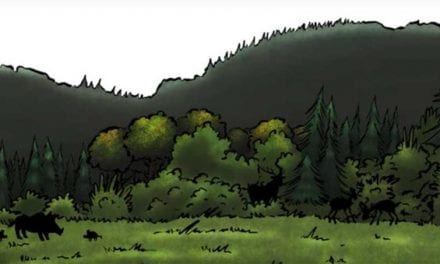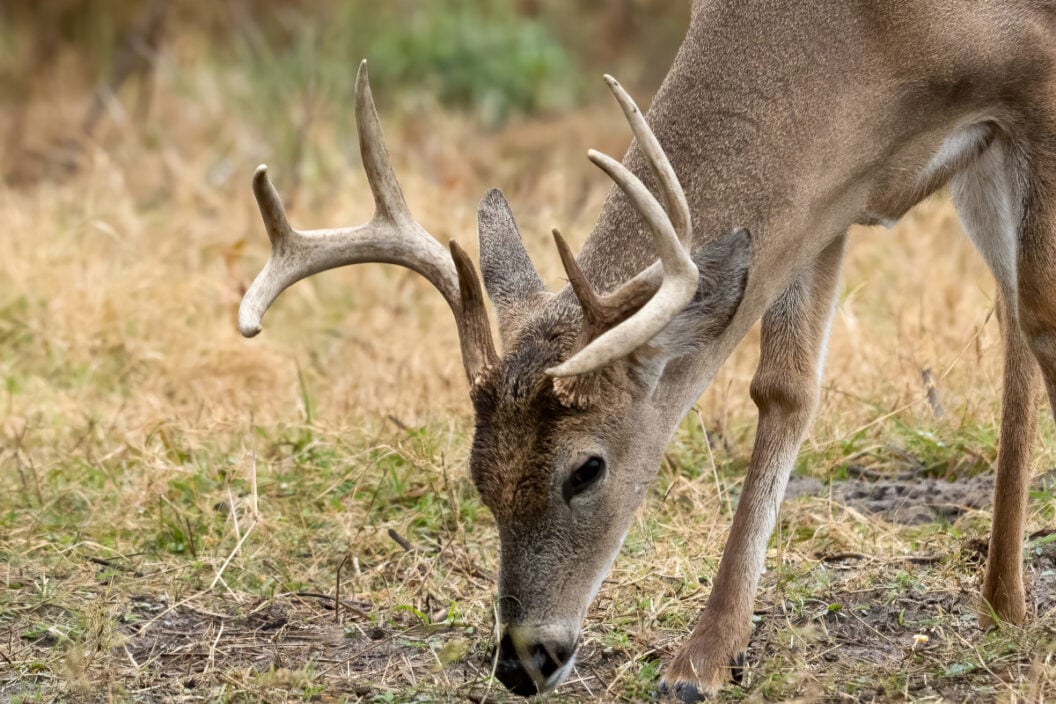
Almost all hunters know about the speed of the antler growth cycle. It’s one of the most impressive displays in nature. Every year, members of the deer family go from antlerless in the early spring to a magnificent crown in the later summer. The headgear then becomes the focus of many clashes with rival males throughout the breeding season. After the rut ends and winter sets in, these animals shed their set of antlers almost as quickly as they grew them. Considering how fast the cycle goes, and just how durable antlers are during the peak of the mating season, it raises the question: Just what are deer antlers made from?
It turns out, there’s more to antlers than meets the eye, and there’s more to growing antlers than you may have previously realized. These involve the components that make up an antler, and what the animals need to consistently produce them.
What is an Antler?
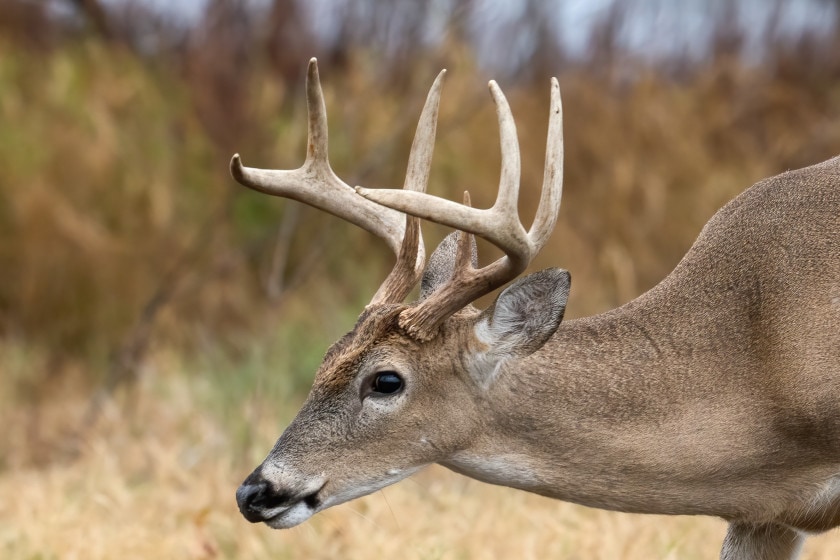
VW Pics via Getty Images
Before we go further, we should differentiate between antlers and horns, because many people get them mixed up. It’s understandable, considering both are an extension of the skull and feature some of the same base materials. Horns are only found in members of the greater bovine or cow family. Animals such as bison, bighorn sheep, and pronghorn antelope are prime examples of creatures with horns. They grow continuously throughout the animal’s life. Things can get a little confusing with the pronghorns because they do shed the outer sheath of their horn every year, but these sheaths will be hollow inside. Antlers, by contrast, are solid except in rare cases where there’s something physically wrong with the animal.
Antlers are unique to the Cervidae family. Here in North America, that includes whitetails, mule deer, moose, caribou, and elk. Antlers are normally only grown by the male deer, except in rare circumstances. Female caribou are the only members of the deer family that consistently produce antlers.
In any case, these animals produce a new set of antlers every year. At the end of the year, the antler naturally detaches from the animal’s skull to the ground, and the animal starts growing a new set. Simply put, horns are permanent, and antlers are temporary.
The Composition of Antlers
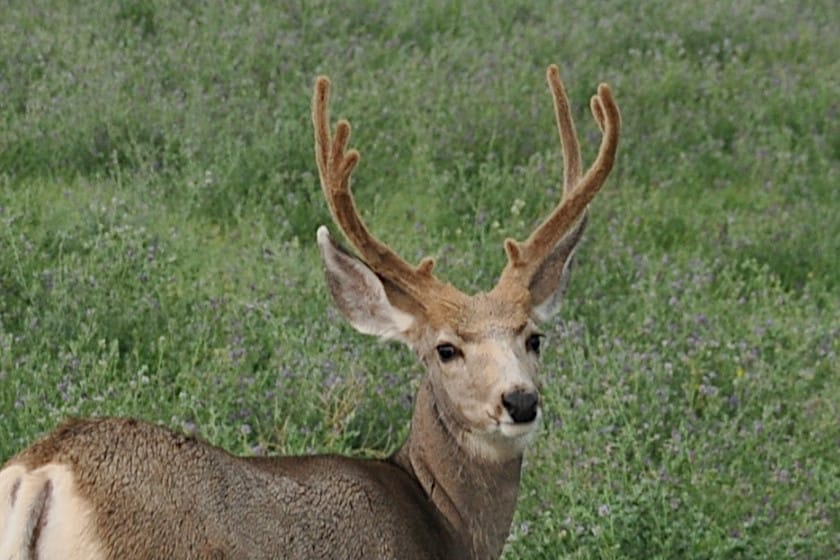
Travis Smola
While many different cervids grow drastically different styles of antler, their basic molecular breakdown and way they are produced are identical. The antlers themselves sprout from specialized bases on the animal’s skull called pedicles. At their core, antlers are made of pure bone, the fastest-growing bones on Earth. Technically, that means they are still organs of the animal’s body, but they have become mineralized and rigid. All the usual things you’d expect to find in a bony core are here: calcium, cartilage, collagen fibers, and calcium phosphates. The minerals are the reason that mice, squirrels, and other creatures gnaw on shed antlers. The cast-away bones become a great nutritional supplement during the hardest parts of winter for a plethora of other creatures.
Once hardened, the exterior of the antlers is covered with an extremely hard keratin sheath to help protect the bone and give it strength. Keratin is a fibrous protein produced by many animals. It’s the same stuff that makes up hair and human fingernails.
During the months when the antlers are growing, they are a network of nerves, blood vessels, and fibrous tissues as they develop. Depending on the species, it takes two to four months for antlers to fully develop. That’s the time when they are at their most vulnerable, as it doesn’t take much to break an antler that is still in velvet. The individual tines are especially vulnerable and prone to breakage during this period.
After the rut is over, the fusion between the pedicle and the skull weakens once the animal’s testosterone levels drop. Dropping hormone levels activates osteoclast cells that eat away at the base until they become loose and break off. Shortly after that, the antler growth process begins anew.
Researchers have discovered that antler size seems to hinge on age, nutrition, and the overall health of the animal. Older males who find plenty of food resources during the summer months are always going to have larger antlers than those who are just getting along. According to Smithsonian Magazine, the animal’s body also borrows essential nutrients for antler growth from other parts of the deer’s skeleton. It’s an extremely intensive growing process!
Do Deer Feel Pain in Their Antlers?
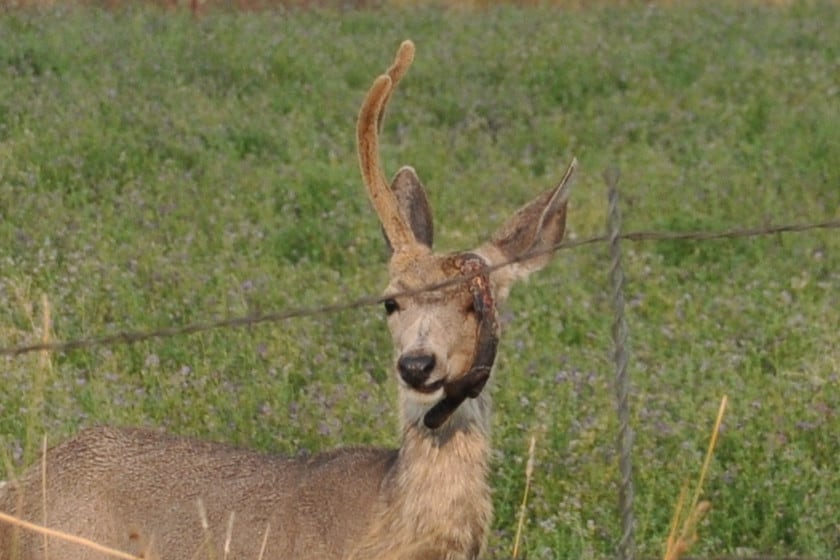
Travis Smola
Since we cannot ask a deer this question, we can only go by what the science tells us. Even though antlers are a bundle of nerves and blood vessels during the growing months, most scientists believe it is unlikely they feel any pain in their antlers if those get broken during that phase. We do know that, once the rut starts to approach in late summer, the antlers become extremely itchy. This is the brilliant design of nature at work. The itchy nature of the antlers spurs them to rub the antlers on a tree, removing the unnecessary velvet. At the same time, blood flow cuts off to the antlers, and they essentially become a dead organ for the remainder of the year.
When deer clash antlers and inevitably break them, they feel nothing because there are no more nerve endings in the antlers to send the signals back to their brain. Which is an advantage, because then there is nothing to hold the animal back from giving his all to a fight with a rival.
Because the antlers are essentially dead, that’s another reason for the animal to be rid of them as soon as their usefulness is done. Larger deer antlers and moose antlers can weigh anywhere from 20 to 50 pounds when fully developed. Losing that weight makes them lighter on their feet and better able to evade predators in the winter months.
It is unlikely that the dropping of the antlers is painful for the animals. However, we do suspect there is some form of irritation on the pedicles just before they are lost. There are countless videos of animals that seem to know their antler is about to pop off, and they react rather strangely just seconds before it falls to the ground. On animals with the largest antlers, it also appears to temporarily throw them off balance a bit until the other side has fallen.
For more outdoor content from Travis Smola, be sure to follow him on Twitter and Instagram. For original videos, check out his Geocaching and Outdoors with Travis YouTube channels.
READ MORE: THE SCIENCE BEHIND WHY DEER SHED THEIR ANTLERS
The post The Surprising Components That Make Up Antlers appeared first on Wide Open Spaces.

